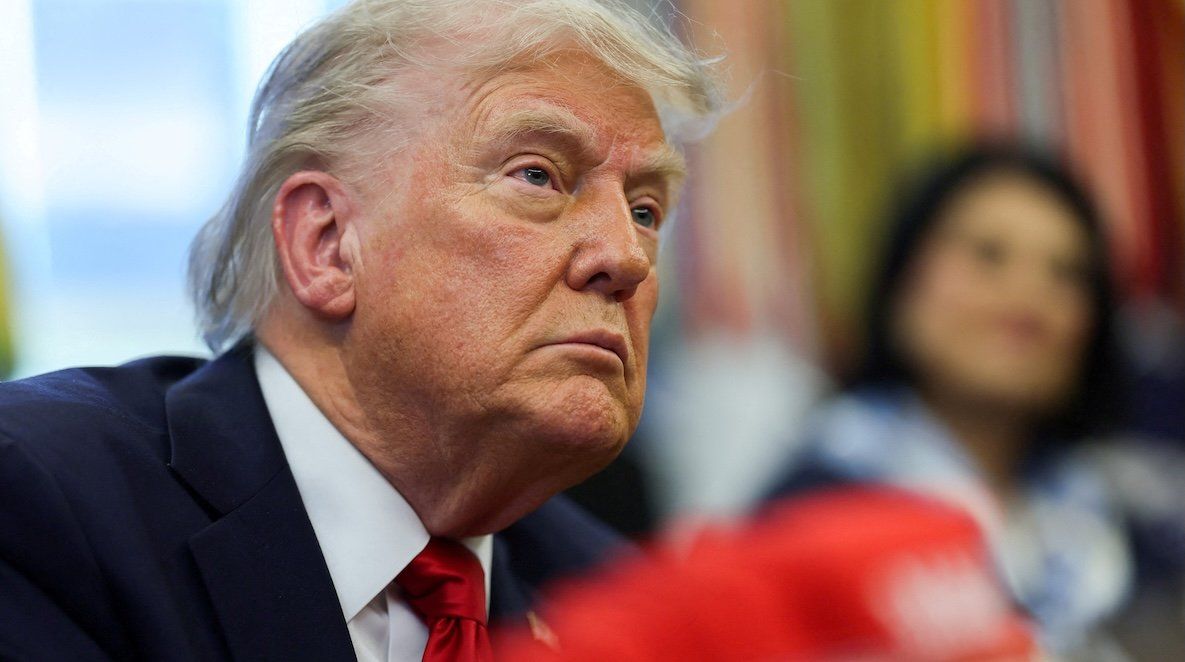In response to Trump’s tariff threats, Canada presented a security plan that included drones and helicopters for border patrols. The government began to roll the plan out soon after. In February, it expanded the plan, adopting a “Fentanyl Czar” and listing drug cartels as terrorists under the country’s Criminal Code.
Now, the White House is claiming that there have been “successes” at the border. Press Secretary Karoline Leavitt says “Thanks to President Trump, operational control of the border is becoming a reality, and the administration’s historic measures are yielding huge results,” with apprehensions down 95% from March 2024 levels.
Despite the successes cited by Trump, tariffs on Canada remain in place, including 25% on non-USMCA-compliant goods along with steel and aluminum, and 10% on energy and potash. There’s been no indication from the White House the tariffs are going anywhere, regardless of what happens with the border. That may be a vindication for those who’ve argued that the border was an excuse for tariffs, not a reason. But as the US and Canada face recession risks amid the trade war, it will be of limited comfort at best.
